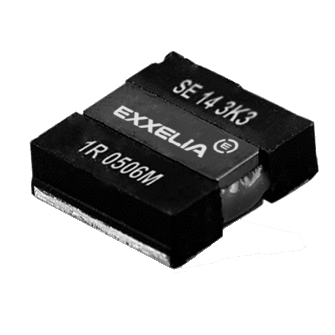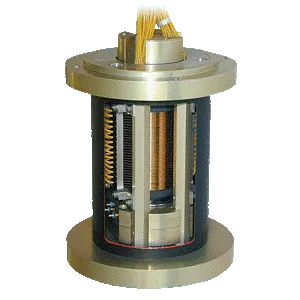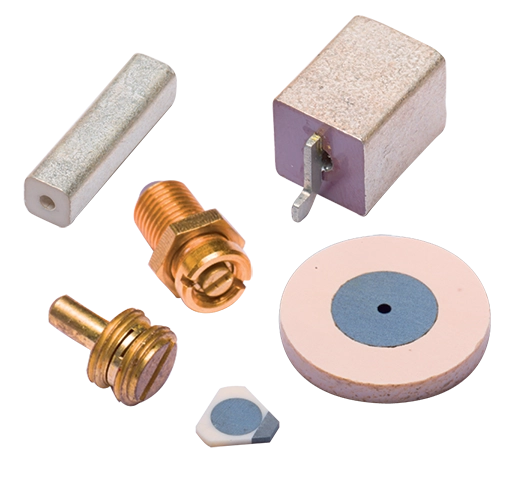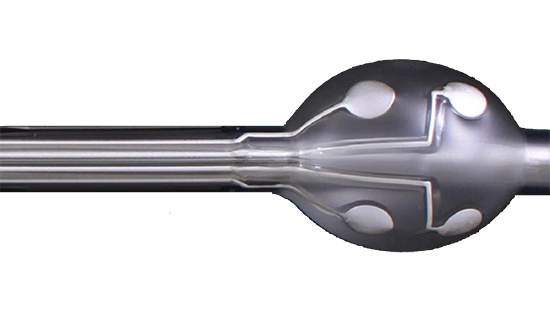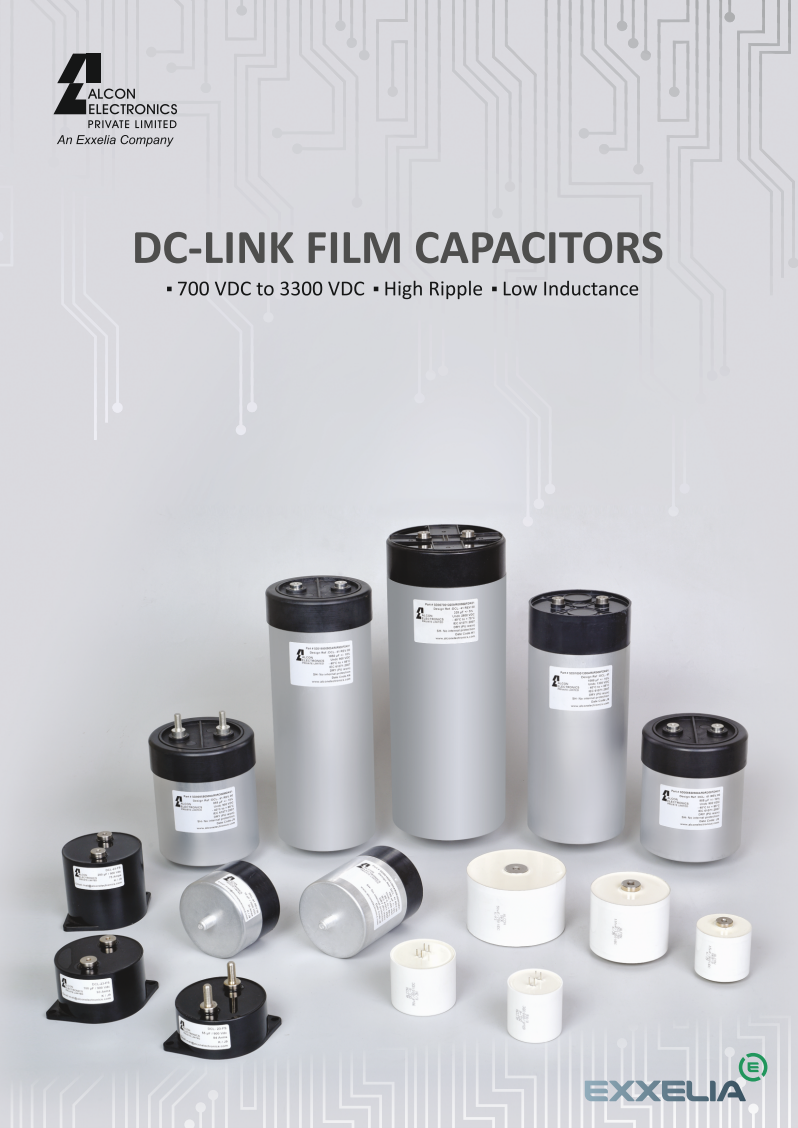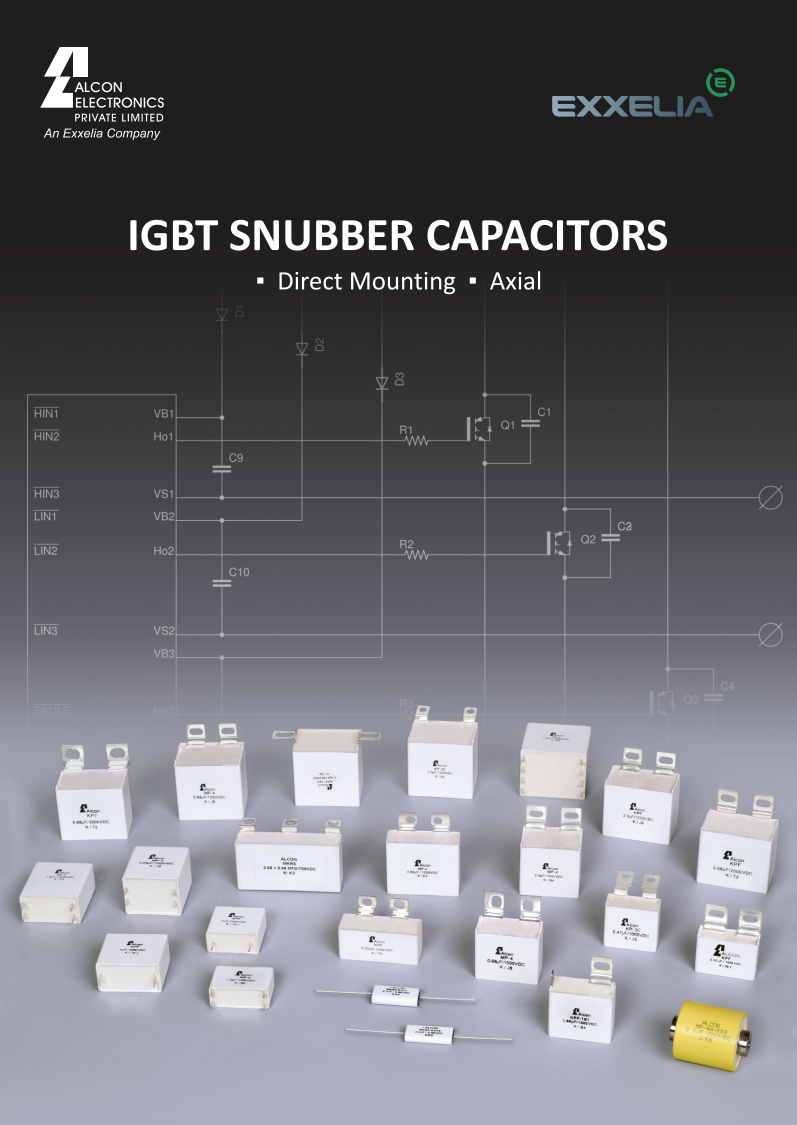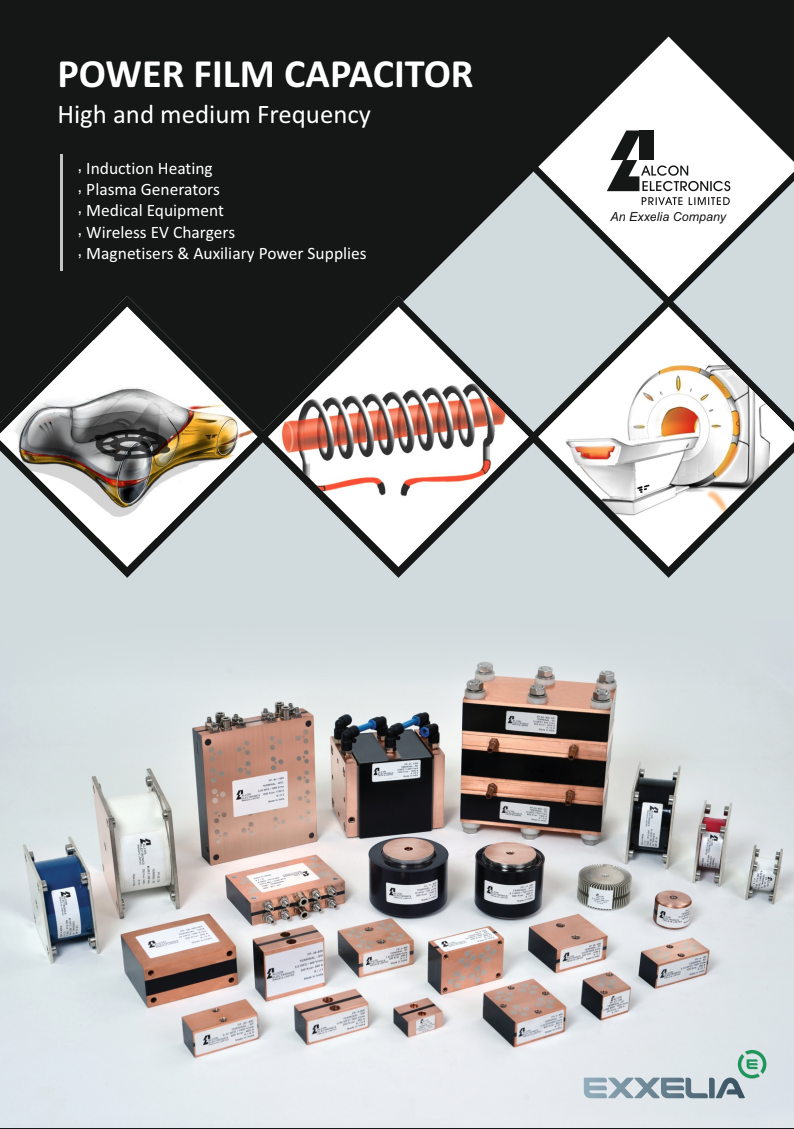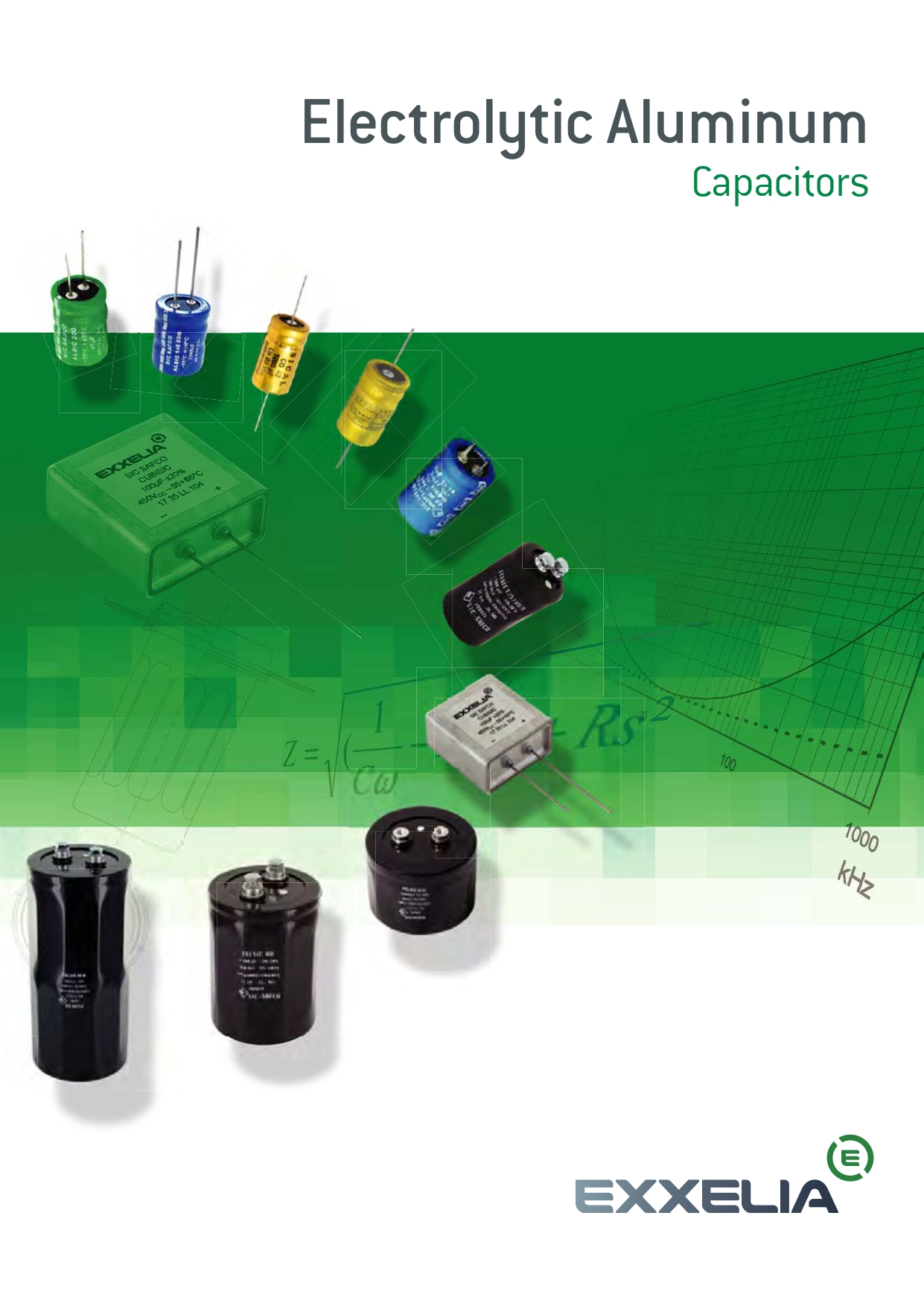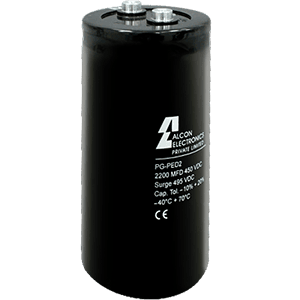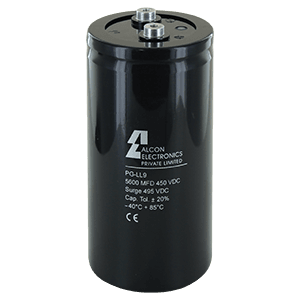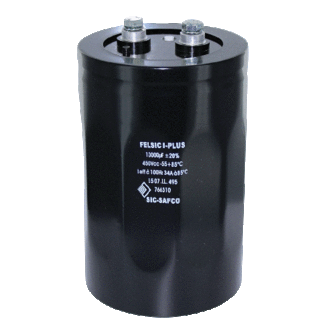
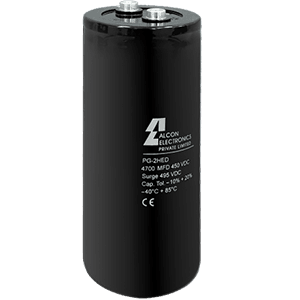

Typical applications :
HED range is designed for large instance energy discharge application like capacitor discharge welding, magnetisers and other pulse discharge applications.
|
PN
|
Capacitance
|
Voltage Rated AC
|
Tolerance
|
Mounting
|
Operating Temp
|
RoHS
|
Voltage Rated DC
|
|---|---|---|---|---|---|---|---|
| SA015000350HD02200STM01 | 1500µF | - | ±20% | - | - | - | 350V |
| SA022000350HD02600STM01 | 2200µF | - | ±20% | - | - | - | 350V |
| SA033000350HD03500STM01 | 3300µF | - | ±20% | - | - | - | 350V |
| SA039000350HD02800STM01 | 3900µF | - | ±20% | - | - | - | 350V |
| SA047000350HD08100STM01 | 4700µF | - | ±20% | - | - | - | 350V |
| SA056000350HD08100STM01 | 5600µF | - | ±20% | - | - | - | 350V |
| SA068000350HD09200STM01 | 6800µF | - | ±20% | - | - | - | 350V |
| SA082000350HD09200STM01 | 8200µF | - | ±20% | - | - | - | 350V |
| SA100000350HD09200STM01 | 10000µF | - | ±20% | - | - | - | 350V |
| SA120000350HD09600STM01 | 12000µF | - | ±20% | - | - | - | 350V |
| SA150000350HD09400STM01 | 15000µF | - | ±20% | - | - | - | 350V |
| SA015000400HD02600STM01 | 1500µF | - | ±20% | - | - | - | 400V |
| SA022000400HD02600STM01 | 2200µF | - | ±20% | - | - | - | 400V |
Compliance and certifications
Custom Qualification Plan
Would you like to ajust a little something?
Customize it

Frequently Asked Questions
Find answers to the most frequently asked questions about our products and services.
Still have questions ?
Can’t find the answer you’re looking for ? Please contact with our customer service.
Contact


